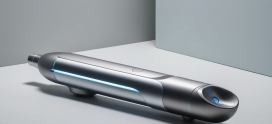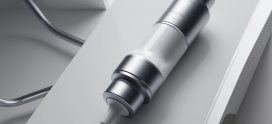3D Printing: What is it and how does it work?
3D Printing
While most people have yet to even hear of 3D printing, the technology has been around for decades. 3D printing began in 1986 with Charles Hull and his invention of the stereolithography (SLA) method. The SLA method worked by concentrating a beam of ultraviolet light onto the surface of a vat of resin. The UV light drew out the 3D model layer by layer until the entire model was complete. 3D printing has come a long way since then with both commercial and personal use 3D printers available. 3D printing technology is a game changer affecting almost every aspect of industry and personal lives.
How 3D Printing Works
It may sound complicated, but if you think of 3D printing in terms of baking a layered cake, it becomes easier to understand. Just as a baker builds a cake layer by layer, a 3D printer does the same, only with a bit more precision.
Product design begins with a digital file called a Computer Aided Design (CAD). A 3D modeling program translates this file into a language the printer understands by “slicing” the design into hundreds or thousands of horizontal layers. As the 3D printer reads the file, it creates each layer as specified, blending them together so the resulting three-dimensional object has no telltale signs of visible layers.
Commercial 3D Printing
In the early days of 3D printing, printers were slow and expensive to use. Companies chose to use this technology only to build prototypes because mass production was too expensive and time consuming. By building prototypes with 3D printing, they were able to make changes on the spot and not have to wait for a finished, acceptable product.
Today, 3D printers are much faster. Purchasing one may cost a company tens of thousands of dollars, but doing so may save them many times that amount in the prototyping process alone. In some cases, the 3D printers are so fast, companies are using them to mass produce their products for short runs or custom manufacturing. As 3D printer speeds continue to increase and the price continues to go down, companies will use this technology more and more to produce their products quicker and cheaper than ever before.
The Future of 3D Printing
3D printing has and will continue to change the way every industry operates. From the medical industry right down to digital artistry, 3D printers can be used to create magnificent three-dimensional products in a very short amount of time. With a positive impact on energy use, waste, customization, product availability, art, medicine, construction, the sciences and most importantly, manufacturing, 3D printing is changing the world as we know it.











